Home>Furniture & Design>Bathroom Accessories>What Is The Meaning Of Toothbrush
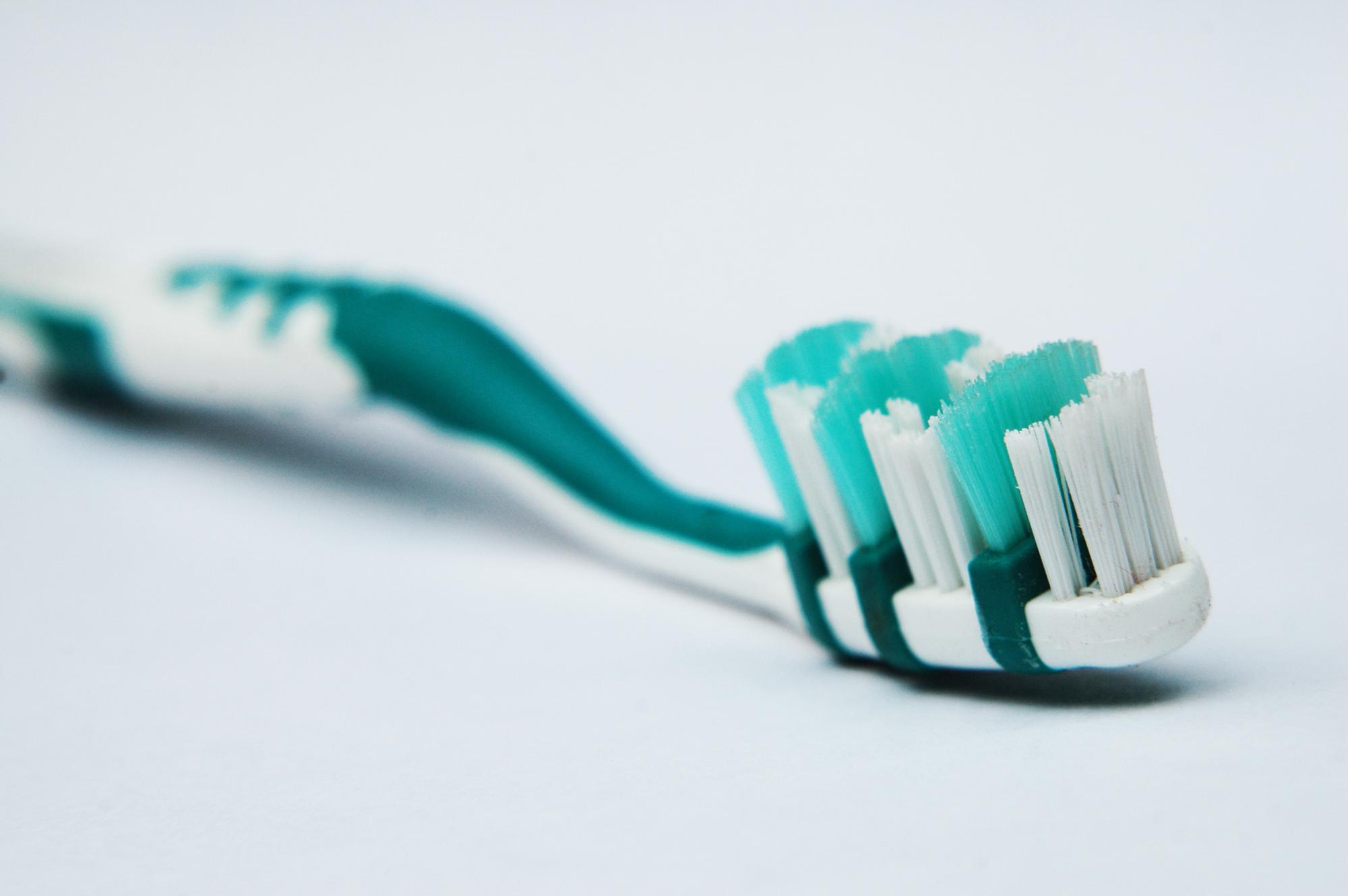

Bathroom Accessories
What Is The Meaning Of Toothbrush
Modified: February 18, 2024
Discover the significance of toothbrushes and their role in bathroom accessories. Learn about the importance of choosing the right toothbrush for your oral hygiene routine.
(Many of the links in this article redirect to a specific reviewed product. Your purchase of these products through affiliate links helps to generate commission for Storables.com, at no extra cost. Learn more)
Introduction
The toothbrush is an essential tool for maintaining oral hygiene and promoting overall health. It is a small yet powerful instrument that plays a significant role in our daily routine. From the moment we wake up to the time we go to bed, the toothbrush is a constant companion in our quest for a healthy and radiant smile.
The history of the toothbrush dates back to ancient civilizations, where people used rudimentary tools like twigs and animal hair to clean their teeth. Over time, the toothbrush has evolved into a sophisticated and indispensable item found in every household.
Understanding the significance of the toothbrush goes beyond its physical presence. It symbolizes our commitment to self-care and well-being. The act of brushing our teeth is not merely a mundane task but a ritual that signifies our dedication to maintaining a healthy lifestyle.
In this article, we will delve into the fascinating history of the toothbrush, explore the various types available today, and discuss the importance of this everyday tool. Furthermore, we will provide valuable insights on how to choose the right toothbrush and master proper brushing techniques to maximize its effectiveness.
Join us on this enlightening journey as we unravel the secrets of the toothbrush and discover the profound impact it has on our daily lives.
Key Takeaways:
- The toothbrush has evolved from ancient twigs to modern electric and eco-friendly options, symbolizing our commitment to oral health and well-being.
- Choosing the right toothbrush and mastering proper brushing techniques are essential for maintaining optimal oral hygiene and promoting a healthier, more radiant smile.
Read more: What Is A Smart Toothbrush
History of Toothbrush
The history of the toothbrush is a testament to human ingenuity and the relentless pursuit of oral hygiene. Dating back to ancient civilizations, the concept of cleaning teeth has been an integral part of human culture. The earliest known form of a toothbrush can be traced to ancient civilizations such as the Babylonians and the Egyptians, who used frayed twigs to scrub their teeth and maintain oral hygiene. This rudimentary tool, while primitive by today's standards, laid the foundation for the modern toothbrush.
As time progressed, various cultures developed their own versions of the toothbrush. In China, during the Tang Dynasty, bristle toothbrushes made from hog hair were crafted, representing a significant leap forward in dental care. The design and construction of these early toothbrushes paved the way for the innovations that would follow.
The concept of the toothbrush continued to evolve, and by the 15th century, the Chinese had refined their toothbrushes by attaching bristles to a handle made of bamboo or bone. This design closely resembles the modern toothbrush, marking a pivotal moment in the history of dental care.
In Europe, the use of tooth-cleaning tools also gained traction. The Europeans utilized a similar approach, using horsehair or feathers attached to handles made of bone or wood. This practice eventually made its way to the New World, where early American settlers adopted similar methods for dental hygiene.
The 18th century witnessed significant advancements in toothbrush design, with the introduction of mass-produced toothbrushes in England. The industrial revolution further propelled the production and accessibility of toothbrushes, making them more widely available to the general population.
Fast forward to the 20th century, and the toothbrush underwent a revolutionary transformation with the introduction of nylon bristles by Dupont de Nemours. This breakthrough material replaced the traditional animal hair bristles, offering improved durability and hygiene.
Today, the toothbrush has become a staple in households worldwide, available in a myriad of designs, bristle configurations, and features. From manual to electric toothbrushes, the options for maintaining oral hygiene have expanded, catering to diverse preferences and needs.
The history of the toothbrush is a testament to human innovation and the enduring quest for better oral health. From humble beginnings to the sophisticated tools we have today, the evolution of the toothbrush reflects our unwavering commitment to dental care and overall well-being.
Types of Toothbrush
When it comes to choosing a toothbrush, the options are plentiful, catering to a diverse range of preferences and oral care needs. Understanding the different types of toothbrushes available can help individuals make informed decisions to maintain optimal oral hygiene. Here are some of the most common types of toothbrushes:
1. Manual Toothbrushes
Manual toothbrushes are the traditional, handheld tools used for brushing teeth. They come in various shapes, sizes, and bristle configurations to accommodate different preferences. Some manual toothbrushes feature soft bristles, which are gentle on the gums and enamel, while others offer medium or hard bristles for more vigorous cleaning. Additionally, manual toothbrushes may have specialized features such as angled bristles, tongue cleaners, or gum stimulators to enhance the brushing experience.
2. Electric Toothbrushes
Electric toothbrushes have gained popularity for their advanced cleaning capabilities and convenience. These toothbrushes feature oscillating, rotating, or sonic technology, providing thorough plaque removal and gum stimulation. Many electric toothbrushes come with built-in timers to ensure that users brush for the recommended two minutes, promoting effective oral care. Some models also offer pressure sensors to prevent excessive force during brushing, making them suitable for individuals with sensitive gums or dental work.
Read more: What Is A Toothbrush Made Of
3. Disposable Toothbrushes
Disposable toothbrushes are designed for on-the-go convenience and travel purposes. These compact, single-use toothbrushes often come pre-loaded with toothpaste in the handle, eliminating the need for additional oral care products while away from home. Disposable toothbrushes are ideal for maintaining oral hygiene during travel, outdoor activities, or in emergency situations where traditional oral care tools may not be readily available.
4. Interdental Brushes
Interdental brushes, also known as proxy brushes or interproximal brushes, are specialized tools for cleaning between teeth and around dental appliances such as braces or bridges. These small, cone-shaped brushes are designed to access tight spaces and remove plaque and debris from areas that traditional toothbrushes may not reach effectively. Interdental brushes are particularly beneficial for individuals with orthodontic appliances or those seeking targeted cleaning between teeth.
5. Natural and Eco-Friendly Toothbrushes
In recent years, there has been a growing demand for natural and eco-friendly toothbrush options. These toothbrushes are crafted from sustainable materials such as bamboo, offering a biodegradable and environmentally conscious alternative to traditional plastic toothbrushes. Natural and eco-friendly toothbrushes often feature soft bristles and ergonomic designs, providing an eco-conscious solution for individuals seeking to reduce their environmental impact while maintaining oral health.
Choosing the right toothbrush is a personal decision influenced by individual preferences, oral health needs, and lifestyle considerations. Whether opting for a traditional manual toothbrush, embracing the advanced technology of an electric toothbrush, or exploring eco-friendly alternatives, the diverse array of toothbrush types ensures that everyone can find a suitable option to support their oral hygiene routine.
Importance of Toothbrush
The toothbrush holds a pivotal role in maintaining oral health and overall well-being. Its significance extends far beyond the realm of dental care, impacting various aspects of our lives. Here are compelling reasons highlighting the importance of the toothbrush:
-
Plaque and Tartar Control: The toothbrush serves as a frontline defense against plaque and tartar buildup, which can lead to gum disease and tooth decay. Regular brushing helps remove food particles and bacteria, preventing the formation of plaque and reducing the risk of dental issues.
-
Prevention of Bad Breath: Proper brushing with a toothbrush helps eliminate odor-causing bacteria in the mouth, effectively combating bad breath. By maintaining a clean and fresh oral environment, the toothbrush contributes to enhanced confidence and social interactions.
-
Gum Health: The toothbrush plays a crucial role in promoting healthy gums. Through regular and gentle brushing, the toothbrush helps stimulate the gums, improve circulation, and prevent gum disease, fostering overall oral well-being.
-
Prevention of Dental Issues: By diligently using a toothbrush, individuals can minimize the likelihood of developing common dental problems such as cavities, gingivitis, and periodontal disease. This proactive approach to oral care can lead to long-term savings on dental treatments and procedures.
-
Overall Health Benefits: Research has established a link between oral health and systemic health. Maintaining good oral hygiene with a toothbrush can contribute to reducing the risk of certain health conditions, including heart disease, diabetes, and respiratory infections.
-
Enhanced Aesthetic Appeal: A well-maintained smile is a reflection of good oral hygiene. Regular brushing with a toothbrush helps preserve the natural whiteness of teeth, contributing to a brighter and more attractive smile.
-
Establishing Healthy Habits: Introducing the habit of regular toothbrushing from an early age instills a lifelong commitment to oral care. Children who learn the importance of using a toothbrush develop essential hygiene habits that can benefit them throughout their lives.
-
Boosted Self-Confidence: A healthy and radiant smile, nurtured through diligent toothbrushing, can significantly enhance an individual's self-esteem and overall sense of well-being.
In essence, the toothbrush is not merely a tool for cleaning teeth; it is a cornerstone of oral health, confidence, and overall vitality. Its importance transcends the realm of dental care, making it an indispensable instrument for nurturing a healthy and fulfilling lifestyle.
Read more: What Is The Size Of A Toothbrush
How to Choose the Right Toothbrush
Selecting the right toothbrush is crucial for maintaining optimal oral hygiene and ensuring a comfortable brushing experience. With a myriad of options available, making an informed decision can significantly impact the effectiveness of daily oral care routines. Here are essential factors to consider when choosing the right toothbrush:
Bristle Type and Texture
The bristles of a toothbrush play a pivotal role in cleaning teeth and massaging the gums. Opting for soft or extra-soft bristles is generally recommended, as they are gentle on the enamel and less likely to cause irritation to the gums. Individuals with sensitive teeth or gum recession may benefit from ultra-soft bristles to minimize discomfort during brushing. Conversely, medium or hard bristles may be suitable for those requiring more vigorous cleaning, but caution should be exercised to prevent potential damage to the teeth and gums.
Head Size and Shape
The size and shape of the toothbrush head can influence its maneuverability and reach within the mouth. A smaller head size is often preferred, as it allows for better access to hard-to-reach areas, such as the back molars and behind the rear teeth. Additionally, a tapered or angled head can facilitate thorough cleaning along the gum line and between teeth, enhancing overall plaque removal and gum health.
Handle Design and Grip
The design of the toothbrush handle contributes to the comfort and control during brushing. Ergonomically designed handles with non-slip grips offer enhanced maneuverability and stability, particularly for individuals with dexterity challenges or children who are learning proper brushing techniques. The handle should feel comfortable in the hand, allowing for a firm grip without causing strain or discomfort during use.
Read more: What Is The Best Toothbrush
Manual vs. Electric
Choosing between a manual and electric toothbrush depends on individual preferences and oral care needs. Manual toothbrushes offer simplicity and affordability, making them suitable for most individuals. On the other hand, electric toothbrushes provide advanced cleaning technology, including oscillating or sonic movements, which can enhance plaque removal and gum stimulation. Electric toothbrushes with built-in timers and pressure sensors can also promote consistent and effective brushing habits.
Personal Preferences and Oral Health Needs
Ultimately, the right toothbrush should align with personal preferences and oral health requirements. Factors such as age, dental conditions, and lifestyle considerations can influence the choice of a toothbrush. For example, children may benefit from toothbrushes featuring vibrant colors and cartoon characters to make brushing more engaging, while individuals with orthodontic appliances may require specialized brushes for effective cleaning around brackets and wires.
By carefully considering these factors, individuals can make informed decisions when selecting the right toothbrush, ensuring that their oral care needs are met effectively and comfortably. Regularly replacing toothbrushes every three to four months, or sooner if the bristles show signs of wear, is essential to maintain optimal brushing performance and hygiene. With the right toothbrush in hand, individuals can embark on a journey towards a healthier and more radiant smile.
Proper Toothbrushing Techniques
Proper toothbrushing techniques are fundamental to achieving effective plaque removal, maintaining oral health, and preserving the integrity of teeth and gums. By mastering the art of brushing, individuals can optimize the benefits of their chosen toothbrush and elevate their oral care routine to new heights. Here are essential guidelines for mastering proper toothbrushing techniques:
1. Positioning the Toothbrush
Begin by holding the toothbrush at a 45-degree angle to the gum line. This angle allows the bristles to reach beneath the gum tissue, targeting plaque accumulation and stimulating the gums for improved circulation.
Read more: What Is Nature’s Toothbrush
2. Gentle Circular Motions
Using gentle, circular motions, brush the outer surfaces of the teeth, ensuring that the bristles make contact with the enamel and gum line. This technique facilitates thorough plaque removal and minimizes the risk of gum irritation.
3. Inner Tooth Surfaces
Next, focus on the inner surfaces of the teeth, employing the same gentle circular motions to effectively clean these areas. Pay particular attention to the rear molars and the inner surfaces of the front teeth, where plaque accumulation is common.
4. Chewing Surfaces and Tongue
Brush the chewing surfaces of the teeth with a back-and-forth motion, ensuring that the grooves and pits are adequately cleaned. Additionally, gently brush the surface of the tongue to remove bacteria and food particles, contributing to fresher breath and overall oral hygiene.
5. Time and Consistency
Devote at least two minutes to thorough toothbrushing, ensuring that each tooth surface and the gum line receives adequate attention. Consistency in brushing twice a day, preferably after meals, is essential for maintaining optimal oral health.
Read more: What Is A Toothbrush Tray
6. Avoiding Excessive Pressure
While thoroughness is crucial, it is important to avoid applying excessive pressure during brushing. Gentle yet thorough brushing motions are more effective in removing plaque without causing damage to the enamel or gum tissue.
7. Regular Replacement of Toothbrush
To maintain optimal brushing performance, replace the toothbrush every three to four months, or sooner if the bristles show signs of wear. A worn toothbrush may be less effective in plaque removal and can harbor bacteria, compromising oral hygiene.
By incorporating these proper toothbrushing techniques into daily oral care routines, individuals can maximize the benefits of their chosen toothbrush and promote long-term oral health. The mastery of effective brushing techniques not only contributes to a cleaner and healthier mouth but also fosters a sense of empowerment in maintaining personal well-being.
Conclusion
In conclusion, the toothbrush stands as a timeless symbol of our commitment to oral health and overall well-being. From its humble origins in ancient civilizations to the diverse array of options available today, the toothbrush has evolved into an indispensable tool that transcends mere dental care. Its significance extends beyond the physical act of brushing teeth, encompassing elements of confidence, self-care, and the pursuit of a healthier lifestyle.
The journey through the history of the toothbrush unveils the remarkable progression of dental care practices, reflecting human ingenuity and the unwavering quest for improved oral hygiene. From frayed twigs to advanced electric toothbrushes, each iteration represents a testament to our dedication to maintaining healthy smiles and vibrant lives.
The exploration of the various types of toothbrushes underscores the importance of catering to individual preferences and oral care needs. Whether opting for a traditional manual toothbrush, embracing the advanced technology of an electric toothbrush, or choosing eco-friendly alternatives, the diverse range of options ensures that everyone can find a suitable tool to support their oral hygiene routine.
Understanding the importance of the toothbrush goes beyond its role in plaque removal and gum stimulation. It encompasses the prevention of dental issues, the promotion of overall health, and the cultivation of essential hygiene habits. The toothbrush serves as a gateway to enhanced self-confidence, a brighter smile, and a deeper commitment to personal well-being.
Choosing the right toothbrush involves careful consideration of bristle type, head size, handle design, and personal preferences. By making informed decisions, individuals can elevate their oral care experience and embark on a journey towards a healthier and more radiant smile.
Mastering proper toothbrushing techniques is essential for maximizing the benefits of the chosen toothbrush. By embracing gentle circular motions, thorough attention to all tooth surfaces, and consistent brushing habits, individuals can elevate their oral care routine to new heights, ensuring optimal plaque removal and gum health.
In essence, the toothbrush is not merely a tool for cleaning teeth; it is a symbol of our dedication to self-care, confidence, and overall vitality. Its impact resonates in every smile, reflecting the culmination of centuries of innovation and the enduring commitment to oral health. As we continue to embrace the evolution of dental care, the toothbrush remains a steadfast companion in our daily pursuit of a healthier, brighter tomorrow.
Frequently Asked Questions about What Is The Meaning Of Toothbrush
Was this page helpful?
At Storables.com, we guarantee accurate and reliable information. Our content, validated by Expert Board Contributors, is crafted following stringent Editorial Policies. We're committed to providing you with well-researched, expert-backed insights for all your informational needs.
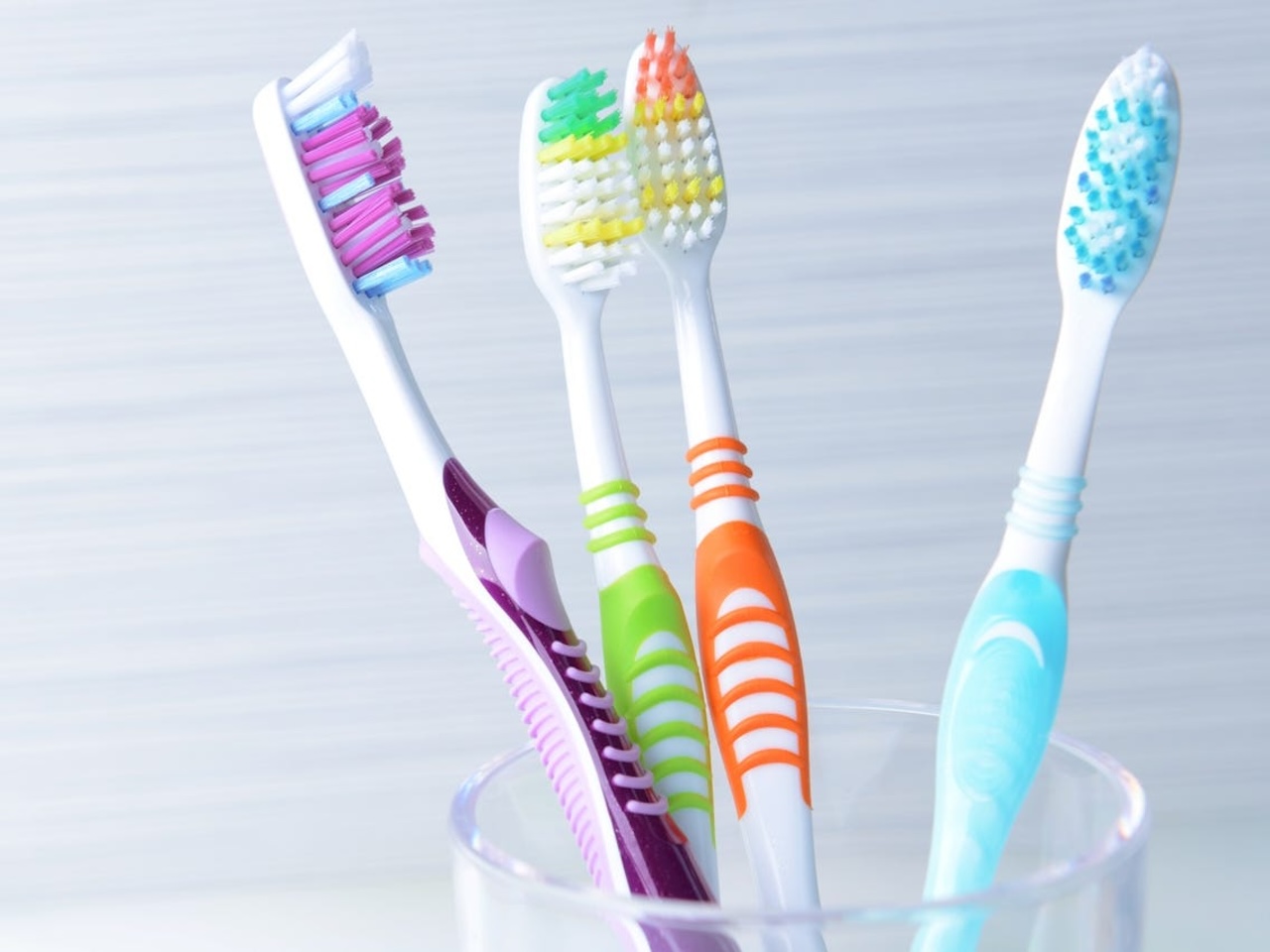

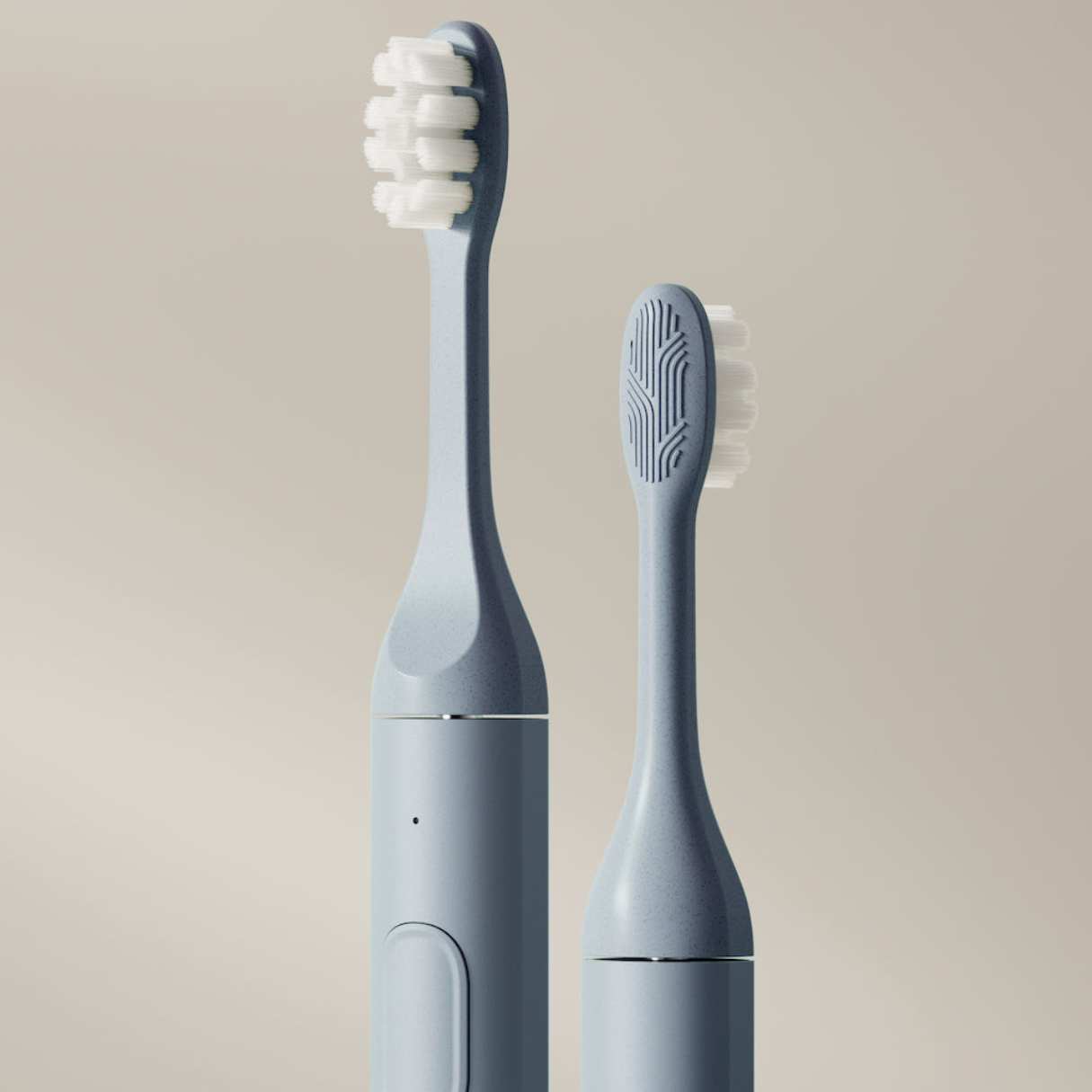

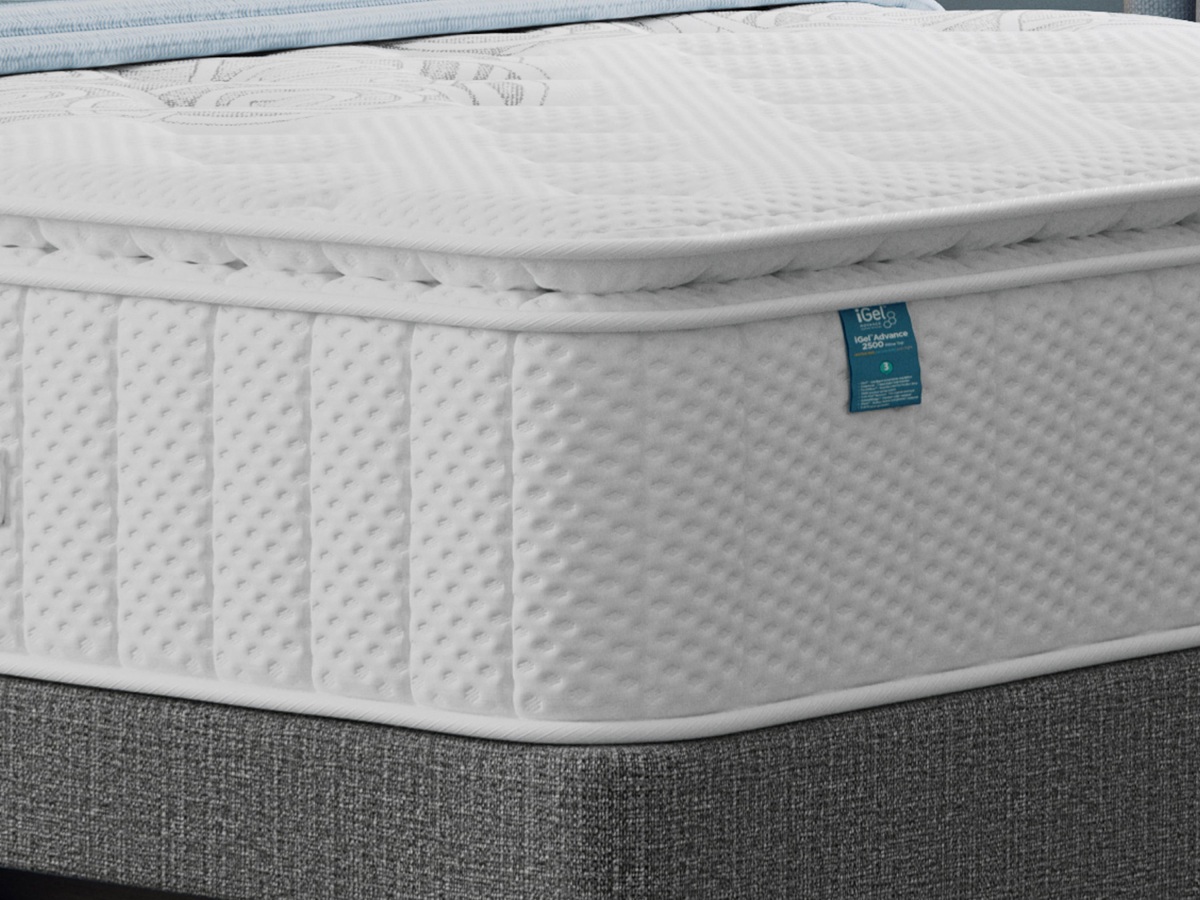
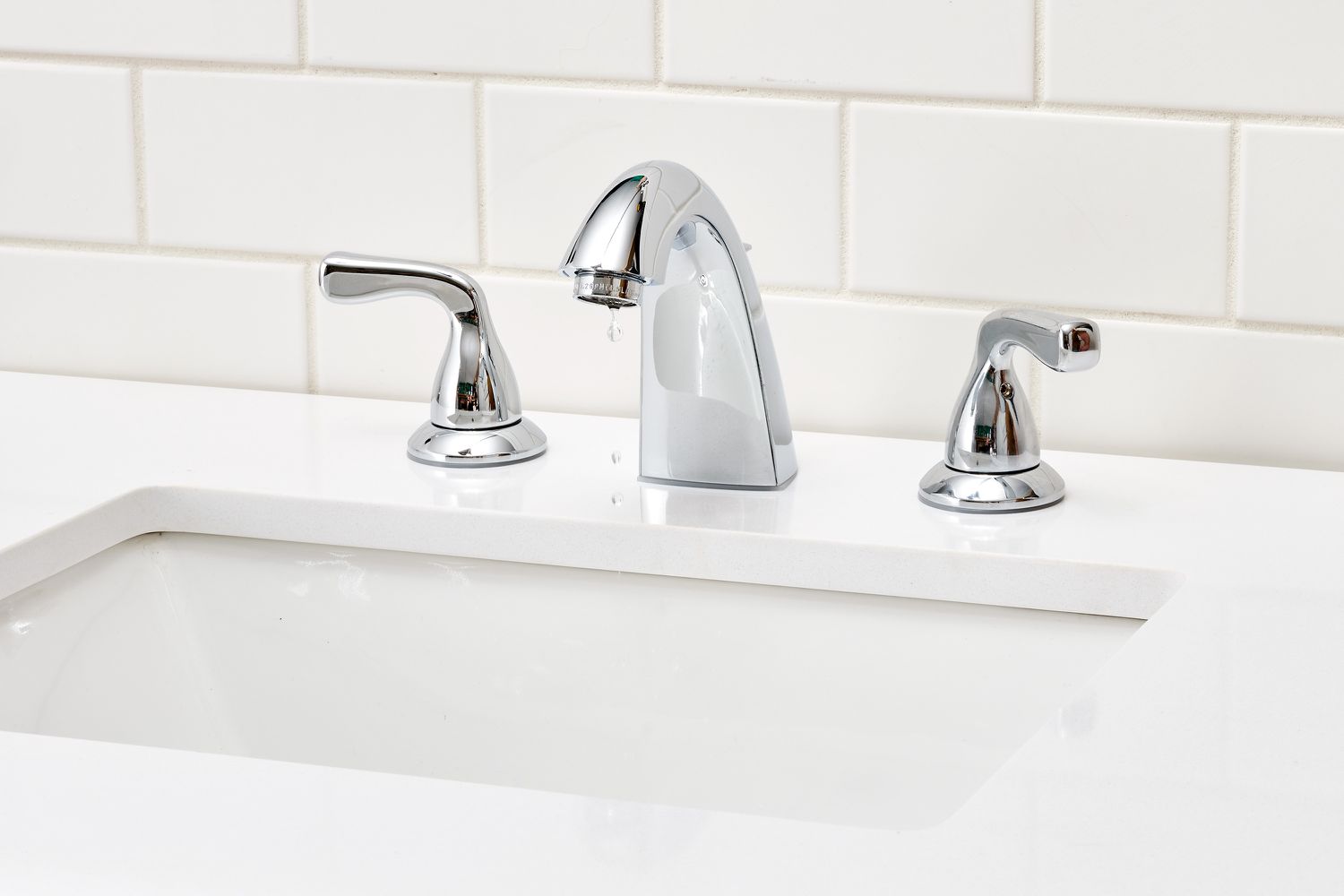
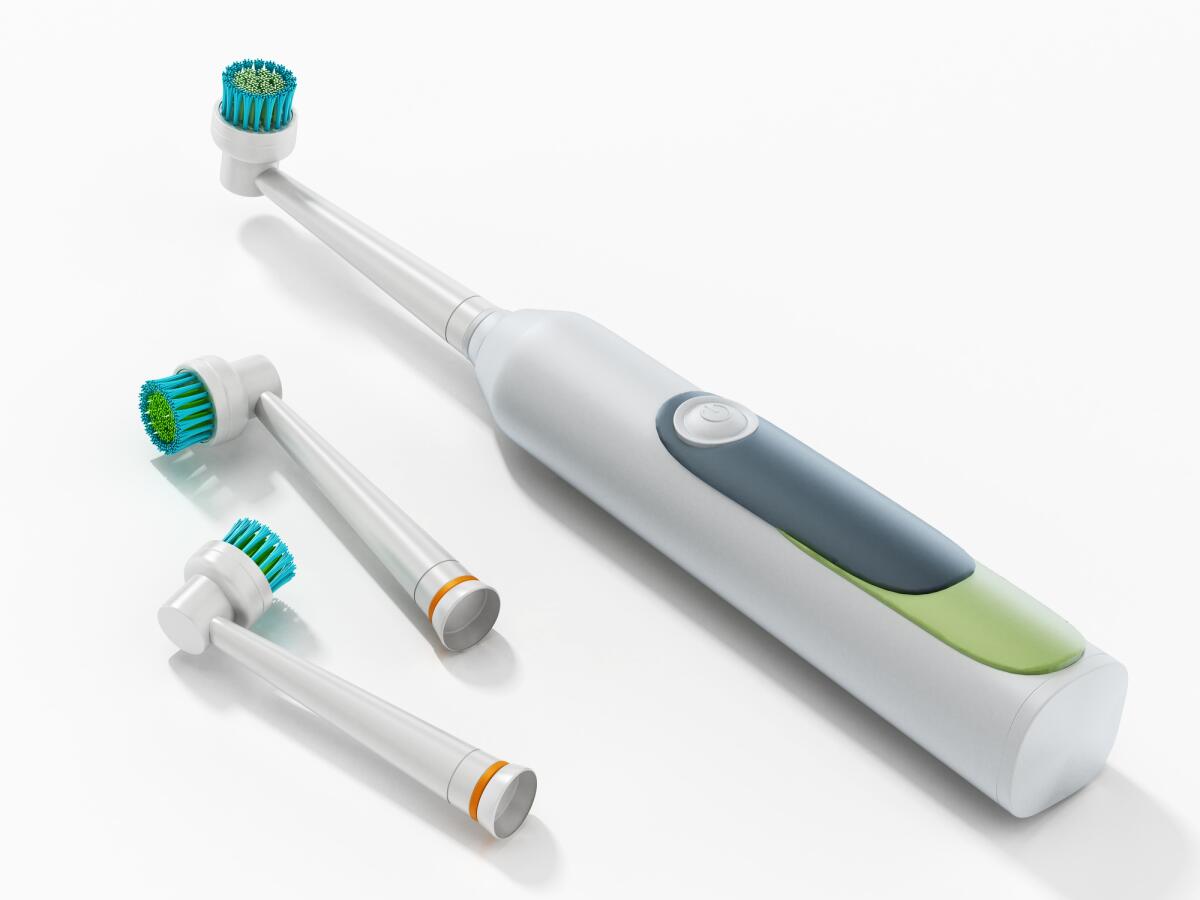
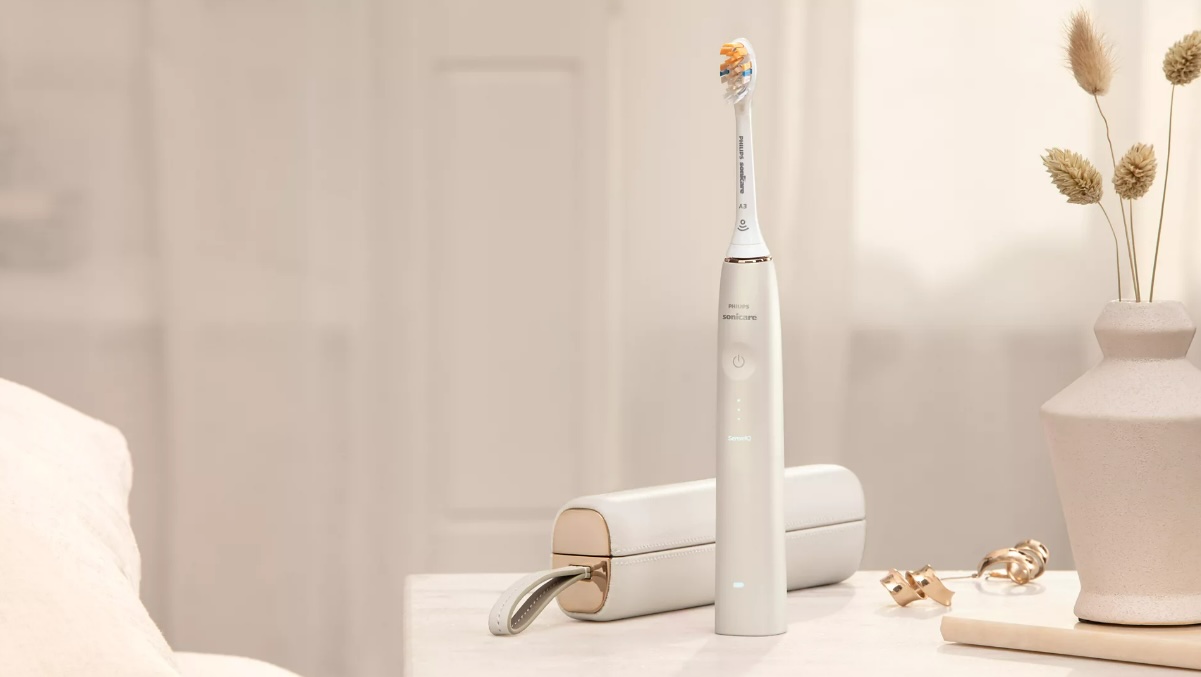
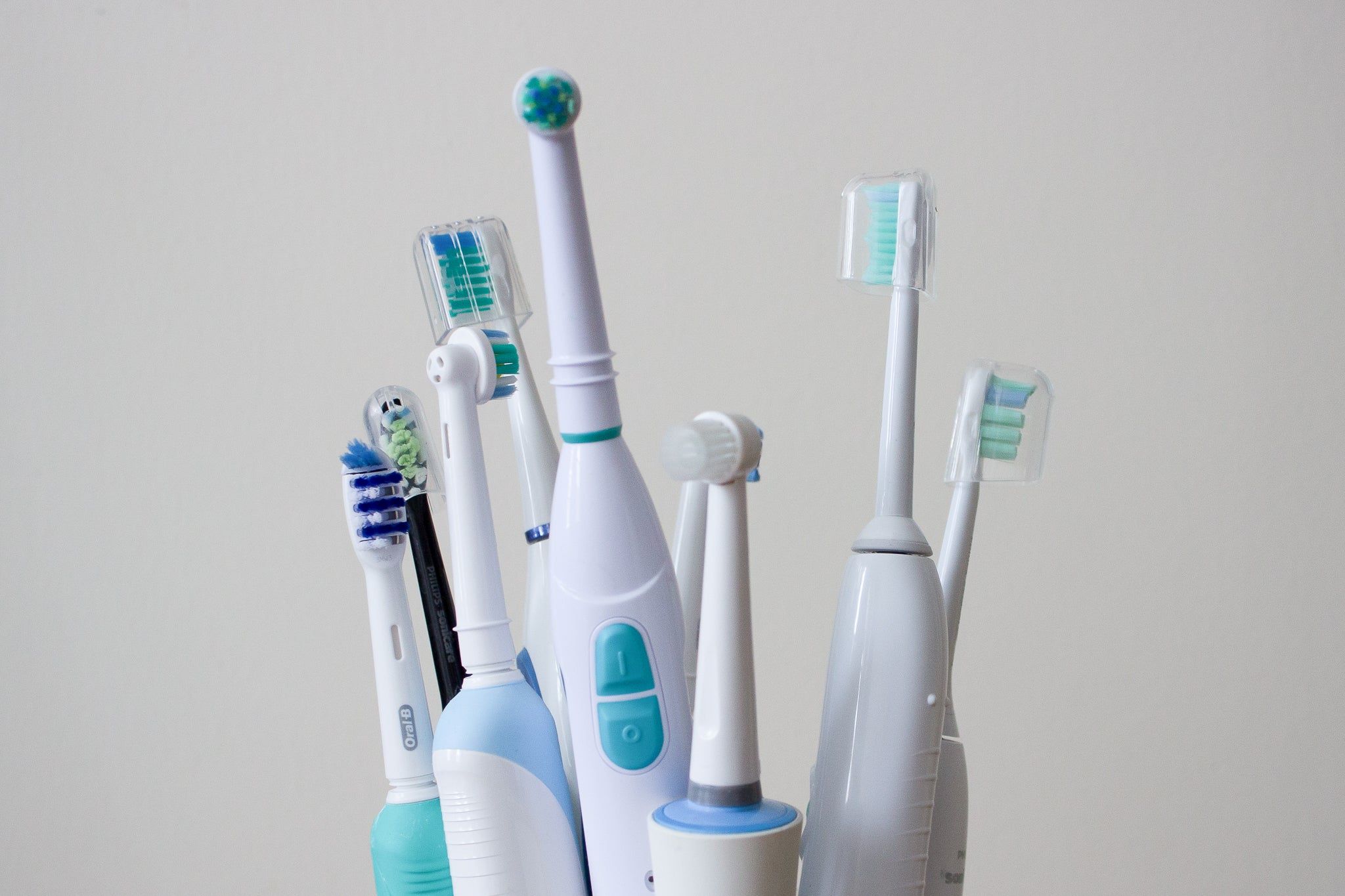
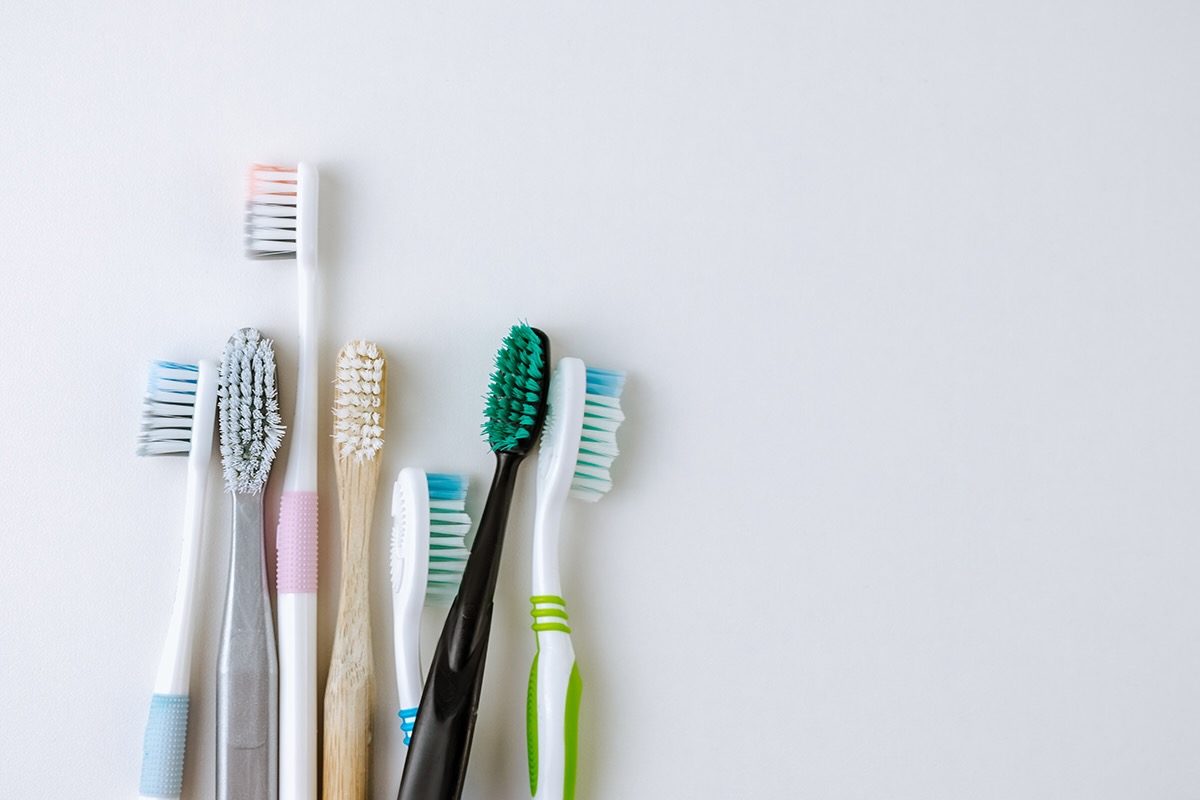

0 thoughts on “What Is The Meaning Of Toothbrush”